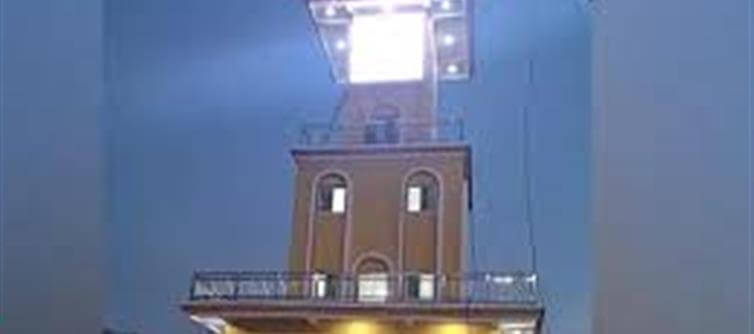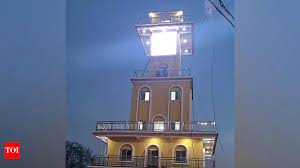
Ujjain, the ancient city of astronomical heritage, has introduced a groundbreaking innovation – the Vikramaditya Vedic Clock, the first of its kind in the world. This clock brings back India's ancient system of timekeeping based on muhurtas, sunrise, and astronomical calculations. Here’s everything you need to know.
1. A Clock That Begins at Sunrise – Not Midnight
Unlike modern clocks that reset at midnight, the Vedic Clock starts its count from sunrise. This system follows nature’s rhythm, adjusting dynamically with the local solar movement to keep time in perfect harmony with cosmic cycles.
2. 30 Muhurtas – The Ancient Division of a Day
Instead of the familiar 24-hour system, the Vedic Clock divides a day into 30 muhurtas. Each muhurta represents a specific time segment with spiritual significance, used for rituals, meditation, and auspicious activities in Vedic tradition.
3. Panchāngam at Your Fingertips
The clock is more than just a time-telling device. It provides a complete Hindu calendar (Panchāngam) with details on Nakshatra (constellations), Tithi (lunar day), Yoga, Karana, and planetary positions – making it a one-stop source for Vedic time and astrology.
4. festival & Eclipse Alerts – Stay Spiritually Synced
Never miss a festival, fast, or celestial event again. The clock and its companion app send notifications for important Hindu festivals, vrats (fasts), and solar/lunar eclipses, helping users align their lives with cosmic events.
5. Multilingual App in 189 Languages
To make Vedic timekeeping accessible globally, a mobile app accompanies the clock. Available in 189 languages, it provides personalized Vedic calendar data, astronomical insights, and integrated time display.
6. Triple Time Display – Vedic, IST & GMT
For convenience, the clock shows three different time formats simultaneously – Vedic time, indian Standard Time (IST), and Greenwich Mean Time (GMT) – bridging the gap between ancient tradition and modern lifestyle.
7. The Visionary Behind the Clock – Arohan Srivastava
Engineer Arohan Srivastava conceptualized the idea in 2013 after visiting the Greenwich Museum in the UK. Realizing how the Western system of time had overshadowed India’s rich astronomical heritage, he vowed to bring Vedic timekeeping to life.
8. Institutional Support & Historical Significance
The project received momentum after Srivastava met Dr. Mohan Yadav, then Higher education minister and now chief minister of Madhya Pradesh. Their collaboration led to institutional backing through the Maharaja vikramaditya Research Centre and Arohan Sanstha.
9. Calibrated with Ancient Precision
The Vedic Clock is calibrated using astronomical data from Dongla Observatory and aligns with Jyotish Shastra and ancient indian almanacs. Its real-time solar alignment makes it location-specific and scientifically precise.
10. Prototype at Jantar Mantar – A Historic Beginning
A prototype was installed at Jantar Mantar, Ujjain, and inaugurated by Prime minister Narendra Modi on February 29, 2024 – marking the revival of India’s timekeeping legacy.
11. A Blend of heritage and Technology
The Vedic Clock is not just a device; it’s a cultural revival. By combining ancient indian wisdom with modern wallet PLATFORM' target='_blank' title='digital-Latest Updates, Photos, Videos are a click away, CLICK NOW'>digital platforms, it celebrates India’s astronomical genius and reconnects people with cosmic time.
Why It Matters
The vikramaditya Vedic Clock is more than a technological marvel; it’s a symbol of India’s scientific heritage, spiritual consciousness, and cultural pride. As the first of its kind, it is set to inspire future innovations rooted in tradition.




 click and follow Indiaherald WhatsApp channel
click and follow Indiaherald WhatsApp channel